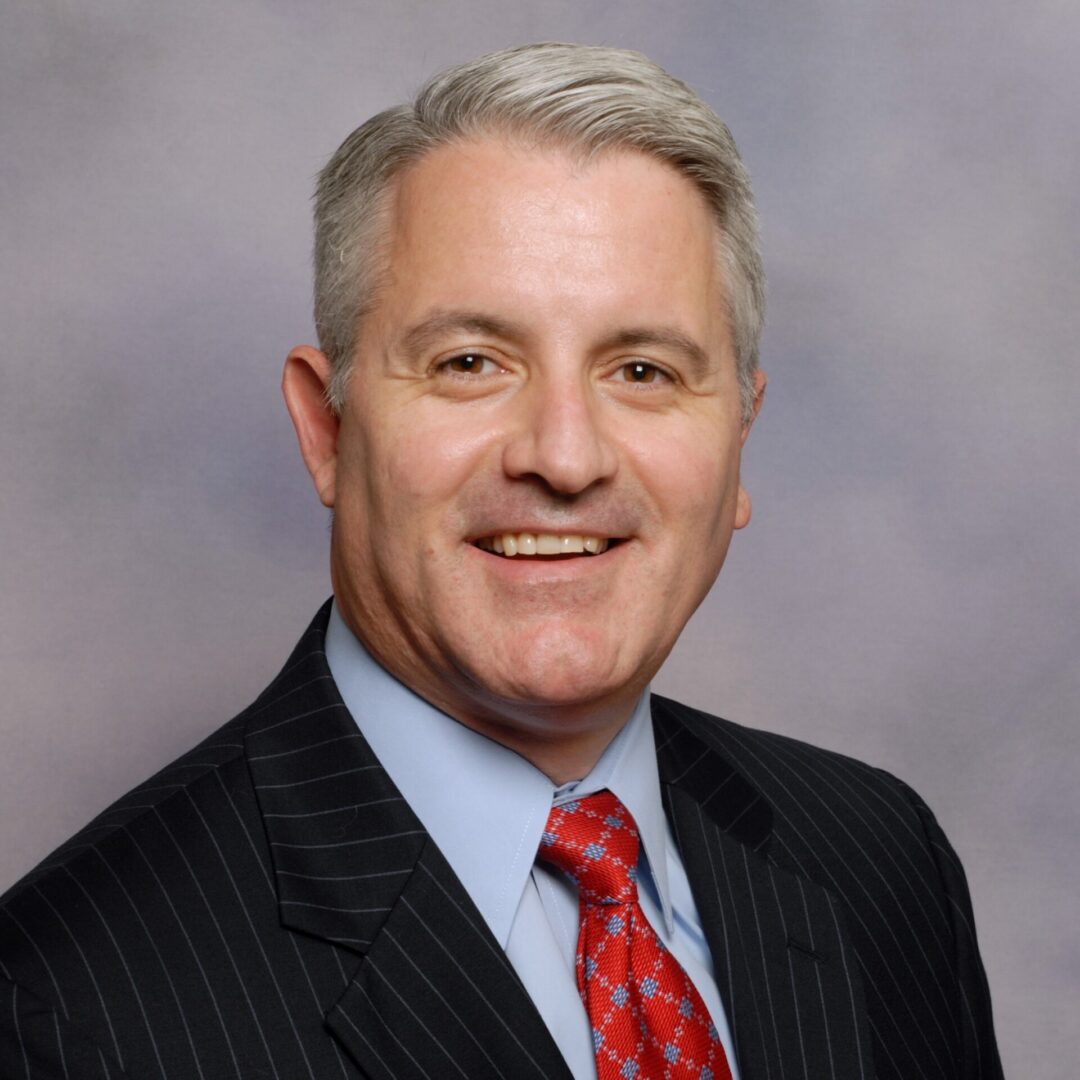Growing Together: Conversation with Andrew LaVigne, President & CEO, American Seed Trade Association
 Andy has had a 25-year career in government relations, public affairs advocacy and management. Within the areas of agriculture, food policy and international trade, he has a broad range of expertise.
Andy has had a 25-year career in government relations, public affairs advocacy and management. Within the areas of agriculture, food policy and international trade, he has a broad range of expertise.
Prior to being named CEO of the American Seed Trade Association (ASTA) in 2006, Andy was Executive Vice President/CEO of Florida Citrus Mutual. Earlier, he served as President and Executive Director of Florida Fertilizer and Agrichemical Association.
Andy has served on the Agriculture Trade Advisory Committee for Fruits and Vegetables for USDA; Agriculture Policy Advisory Committee for the USDA and USTR; USDA-APHIS Systems Approach Review Group; U.S. Chamber of Commerce Food and Agriculture Committee.
Andy worked for a decade on Capitol Hill. He holds a B.A. in political science with a minor in economics from the University of Florida.
How did your educational experiences at University of Florida impact your path to leadership?
Through my time at UF, I took the opportunity to pursue leadership roles across campus which broadened my education immensely. My involvement in my fraternity, Panhellenic leadership, and student government gave me a great deal of experience in working with a number of different organizations that had differing needs and expertise. In addition, the relationships I made through involvement in those various organizations helped me develop lifelong relationships that I still value today. One of my mentor professors once told me that you go to college to learn, what you do at college gives you an education.
How do ASTA’s key priorities align with or benefit from land-grant universities’ research, education, and/or Cooperative Extension programs?
 Everything our industry does and has accomplished starts with research and development (R&D) and innovation, and much of that work is supported with USDA funding and public-private partnerships. Because R&D is a vital component to our industry’s success, support for robust research funding is one of our longstanding policy priorities that we continue to advocate for at all levels of government.
Everything our industry does and has accomplished starts with research and development (R&D) and innovation, and much of that work is supported with USDA funding and public-private partnerships. Because R&D is a vital component to our industry’s success, support for robust research funding is one of our longstanding policy priorities that we continue to advocate for at all levels of government.
The research conducted at land-grant and research institutions has been a critical driver of innovation in American agriculture for over 160 years. The benefits of the U.S. land-grant system are countless, but there is no question that today these facilities are aging, and in need of support to modernize infrastructure in order to meet the challenges of the future. We’re proud supporters of the Research Facilities Act, of which APLU has been a champion. We saw some progress in the recent Congressional Reconciliation package, but we know there is a long way to go to meet these needs.
How have colleges of agriculture and natural resources at land-grant universities helped ASTA strengthen its impact and serve your stakeholders?
ASTA member companies strongly value and invest in public-private partnerships and rely on their public partners at organizations like the National Institute of Food and Agriculture (NIFA), the Agricultural Research Service (ARS), and at LGUs. Some incredible work has been done through these public-private partnerships, such as lettuce varietals bred with critical resistance to diseases that were developed through a partnership between the University of California Davis and the ARS Crop Improvement and Protection Research Unit. Lettuce is one of the most widely consumed vegetables in the United States is produced year-round in America’s salad bowl California and Arizona.
Additionally, many within the seed industry were educated at an LGU. You can’t go to an ASTA meeting without running into a LGU student, professor, or alumni. They help drive so much of what the seed industry does and why we do it, to help plant the seed for the next generation of leaders in the ag community.
Research: If you could ask agricultural researchers for help with one critical issue, what would it be?
At our core, we are an advocacy organization. We need researchers’ involvement as we are developing our policy priorities. Researchers work on incredibly complex technical issues. It is their stories and experiences that we take with us when we advocate on behalf of the industry.
In telling their stories, they can translate the complex work they do for policymakers and their staff, allowing them to better understand the challenges our industry faces in the field, the lab, and wherever else their work takes them. So, get involved, either with APLU or with organizations like ASTA!
Education: What kinds of student experiences (e.g., academics, internships, projects) are important to prepare students for the agricultural workforce?
Academics and projects are a solid foundation, but internships, fellowships, and other on-the-ground experience are second to none in preparing someone for the workforce. Work your way through an organization, learning its different functions and how it supports an industry and its goals. Take advantage of every opportunity you’re given during those internships. Not only are you gaining firsthand experience, but it also allows you to explore pathways you might not have pursued otherwise.
What advice would you give to today’s college students?
Be inquisitive and take advantage of opportunities to broaden your horizon. Always strive to ask that next question about the issues you are studying or the research you are performing – how will impact farmers, the environment, the marketplace, etc. This type of inquiry spurs discussion and debate from different angles and helps broaden your perspective and education. Take that internship, work part-time in a field of your interest, travel globally, strive to broaden your horizon every year in some new fashion in order to give you options and opportunities.
Cooperative Extension: How can Extension provide the most value to your stakeholders in local communities across the U.S?
The regional and local expertise that Extension offices bring to their constituents is the backbone of our communities. When farmers are facing challenges in the field, or making decisions about new technologies, Extension agents provide critical support and knowledge. Sustaining congressional support for Cooperative Extension programs is essential to rural America. These Extension programs deliver in-person guidance that cannot be easily replicated or replaced, ensuring producers have the resources to meet their evolving needs on the ground and in the field.
What are strong opportunities for increased collaboration between ASTA and land-grant universities partners?
ASTA meetings are the best place for in-person networking, education, and collaboration within the seed industry. Whether you find yourself at the Field Crop Seed Convention to connect with the row crop seed sector, the Vegetable and Flower Seed Conference to network with the vegetable and flower seed sector or the Leadership Summit to meet with the top industry executives, there is a meeting for every experience and interest within our industry. ASTA is proud of our thriving student program that counts over 110 active students who attend our meetings (with free registration!) to engage with industry professionals, present research, and learn during conference sessions. Lastly, ASTA works closely with the professional societies within the agriculture community and opportunities to share a stage at a conference and talk about collaboration and support is essential.
ASTA will continue to work with APLU on our shared priorities, including the Farm Bill and other federal research priorities. Our voices are always stronger together.
“Growing Together: Conversations with CEOs” showcases Presidents and CEOs of national agricultural associations, commodity groups, and other organizations and explores their powerful synergies with land-grant universities. Through conversations with leaders, this new interview series examines how organizations strengthened their impact in partnerships with Colleges of Agriculture and Natural Resources’ research, education, and Cooperative Extension. These interviews also highlight emerging opportunities to leverage collaboration, drive innovation, and serve all Americans.
